|
K.C.S.E Biology Q & A - MODEL 2018PP2QN08
Describe what happens to a meal rich in proteins along the alimentary canal from ingestion to egestion.
answers
The meal is ingested through the mouth; (In the mouth), it is chewed/masticated (by teeth); to reduce/break it into smaller particles; mixed with saliva (from salivary gland);
The food is then rolled (by the tongue) into boluses; and pushed down into the oesophaghus/swallowed; The boluses move by peristalsis (into the stomach); Constant contractions/relaxations of the stomach walls mix the food, (giving rise to chime); Presence of food in the stomach further stimulates production of gastric juice; which contains pepsinogen; and rennin/chymosin; Pepsinogen is activated to pepsin; by hydrochloric acid; (contained in the gastric juice). Pepsin breaks down proteins to peptides; Rennin converts/coagulates the protein, caseinogen; in milk to casein; (which is abundant in young children). It is then pushed into the duodenum (through the pyloric sphincter); Pancreatic juice in the duodenum contains trypsin; which digests proteins into peptides; (secreted in an inactive form, trypsinogen) In the ileum, intestinal juice/Succus enfericus is secreted; It contains peptidase enzymes; which breaks down polypeptides into amino acids; It also contains polypeptidase enzyme; which breaks down peptides to amino acids,completing the process of digestion of the proteins; The amino acids are absorbed into the bloodstream/pass through the epithelia of the villi, and the capillary walls into the blood-stream; by active transport; The undigested/indigestible proteins/food substances pass through to the colon/large intestines; where water is absorbed; leaving a semi-solid waste material being passed on to the rectum; then out through the anus (as faeces);
0 Comments
K.C.S.E Biology Q & A - MODEL 2018PP2QN05
The photograph below represents a plant in a Certain Division
(a) (i) Name the Division to which the plant belongs.
(ii) With reference to the Photograph, state three observable features of the Division named in a(i) above. (b) Name the part labelled N and P. N P (c) Explain how the part labelled Q is adapted to its function
answers
a) i. Bryophyta;
ii. Has capsules (for enclosing spores); Has (long) setae (for supporting the capsules/for effective propagation of spores); (Developed) rhizoids (for anchorage/absorption of water/mineral salts); Thalloid in nature/Thallus/undifferentiated; b) N — Capsule; P—Seta; (c)Numerous/hair-like to increase the surface area for absorption;/to enhance rate of absorption of water/nutrients/dissolved mineral salts; Numerous/hair-like to hold firmly on the surface/not to be easily blown away/displaced/anchorage; K.C.S.E Biology Q & A - MODEL 2018PP1QN06
The diagram below illustrates tissue fluid and cells surrounding a capillary.
(i)Name fluid G.
(ii) Give two ways by which fluid G is different from tissue fluid.
answers
(i) (Blood) plasma;
(ii) Has (more large) proteins/blood platelets; High (hydrostatic) pressure/low pressure of tissue fluid; Has red blood cells; K.C.S.E Biology Q & A - MODEL 2018PP1QN04
A group of form two students placed a fresh leaf in warm water. They observed that air bubbles formed on the surface of the leaf.
(a) What biological process were they investigating? (b) Name the structures from which the air bubbles were coming from. (c) Explain the distribution of the structures named in (b) above on the leaf surfaces of a land plant.
answers
a) Photosynthesis;/gaseous exchange in plants;
b) Stoma/somata; c) Are more on the lower surface of terrestrial plants/fewer on the upper surface; to reduce transpiration;
K.C.S.E Biology Q & A - MODEL 2018PP1QN03
Which sets of teeth would be used in chewing sugarcane for maximum extraction of sap?
answers
K.C.S.E Biology Q & A - MODEL 2018PP1QN02
State two observable features that place a millipede into its Class.
answers
K.C.S.E Biology Q & A - MODEL 2018PP1QN01
(a) Name the cell organelle found in abundance in the white blood cells.
(b) Give a reason for your answer in (a) above.
answers
a)Lysosomes/golgi apparatus;
b)White blood cells fight pathogens to protect the body, the lysosomes contain lytic enzymes which destroy pathogens;/golgi apparatus synthesize lysosomes which contain lytic enzymes that destroy parthogens; K.C.S.E Biology Q & A - MODEL 2017PP2QN06
In an investigation, two potted plants G and H belonging to the same species were exposed to increasing light intensities at different temperatures, 30°C and 20°C respectively. The rate of photosynthesis was measured for each plant and results recorded as shown in the table below:
(a) On the same axis, plot graphs of rate of photosynthesis against light intensity for plants G and H.
(b) State the aim of the investigation. (c) Account for the difference in the rate of photosynthesis in the two plants. (d) Account for the difference in the rate of photosynthesis in the two plants between the following light intensities: (i) 1—4 units (ii) 4—8 units. (e) (i) Predict the rate of photosynthesis at light intensity of 16 units. (ii) Give a reason for your answer in (e) (i) above. (f) State one internal and one external factor that could be limiting in the investigation.
answers
b) To investigate/compare the effect of (varying) light intensity/temperature on the rate of photosynthesis;
c) Rate of photosynthesis is higher in plant G (than H); (Photosynthesis being an enzymatic process), enzymes were subjected to favourable/optimal temperatures (of 30°C): hence more activated, unlike in plant H where temperatures were lower (20C); d) (i) 1-4 units Rapid increase in rate of photosynthesis increases with the increase in light intensity; due to increase in light energy for photosynthesis/formation of more ATP molecules; (ii) 4 — 8 units Slower/gradual increase in the rate of photosynthesis as the light intensity increases: because other factors become limiting/some chlorophyll molecules start bleaching; e) i) Slight increase/no significant increase/remains constant; ii) The optimum light intensity has been exceeded/some chlorophyll could be destroyed; f) Internal factor — Chlorophyll/enzyme concentration; External factor — Carbon (IV) oxide concentration/amount of water; K.C.S.E Biology Q & A - MODEL 2017PP2QN03
The diagram below illustrates the appearance of a plant cell after it had been put in a certain solution.
(a) Explain the appearance of the cell at the end of the treatment.
(b) Explain the results obtained if a red blood cell is subjected to the same treatment. (c) Explain why transfusion with distilled water is not recommended for a dehydrated patient.
answers
(a) The cell is turgid; its cell sap was hypertonic (compared to the solution in which it was placed); by osmosis, water moved into the cell across its cell semi-permeable membrane, (swelling and becoming turgid);
(b)The red blood cell lacks the cell wall; water molecules move across its semi-permeable membrane by osmosis; into its hypertonic medium (inside the cell),cell contents/cytoplasm swelling and bursting haemolyses; (c)Would haemolyse; due, to lowering of the osmotic pressure of the blood below normal; K.C.S.E Biology Q & A - MODEL 2017PP2QN01
The diagram below represents a nucleus.
(a) Name the structures labelled E and F.
(i) E F (ii) State the function of F. (iii) With reference to the nucleus, state one difference between an animal and a bacterial cell. (b) Name the plant cell organelle: (i) that stores chlorophyll (ii) responsible for intracellular digestion. (c) State two main functions of the vacuole in the amoeba.
ANSWERS
(a) E—Nucleolus;
F — Nuclear pore/nucleopore; ii. Facilitates movement of materials in and out of the nucleus; iii. Nuclear material in the bacterial cell is not enclosed within a membrane /prokaryotic, while in animal cell it is enclosed eukaryotic; (b) i. Chloroplast; ii. Lysosome; (c) i. Feeding (food vacuole); ii. Osmoregulation (contractile vacuole); iii. Excretion/removal of wastes; K.C.S.E Biology Q & A - MODEL 2017PP1QN21
The photograph below represents a leaf obtained from a certain plant.
Account for the observations made if the leaf was tested for starch.
answers
K.C.S.E Biology Q & A - MODEL 2017PP1QN17
How is the surface area increased in the mammalian small intestines?
answers
K.C.S.E Biology Q & A - MODEL 2017PP1QN15
Explain the physiological process responsible for keeping young seedlings upright.
answers
K.C.S.E Biology Q & A - MODEL 2017PP1QN11
The set up below illustrates a certain physiological process.
(a) (i) Name the physiological process.
(ii) Give two examples of the process named in (a) (i) above in plants. (b) State two ways by which the movement of dye molecules in the set up would be slowed down.
answers
a i) Diffusion;
ii) Gaseous exchange/excretion of carbon (IV) oxide and oxygen; Translocation of materials; Absorption/uptake of mineral ions/salts; b. Lowering the temperature of the medium; Increasing thickness of the membrane; Use less dye/add more water/reducing the concentration gradient; Give one reason why the coarse adjustment knob should not be used to lower the high power objective.30/6/2020
K.C.S.E Biology Q & A - MODEL 2017PP1QN09
Give one reason why the coarse adjustment knob should not be used to lower the high power objective.
answers
K.C.S.E Biology Q & A - MODEL 2017PP1QN09
State the function of a mirror in a light microscope.
answers
K.C.S.E Biology Q & A - MODEL 2017PP1QN06
Name two enzymes in the human digestive system which are secreted in an inactive form.
answers
K.C.S.E Biology Q & A - MODEL 2017PP1QN03
During a practical investigation on food tests, students were provided with the following reagents.
Benedict’s solution Sodium hydrogen carbonate Dilute hydrochloric acid.
(a)Identify the food substance the students were to test.
(b) State the role of dilute hydrochloric acid and sodium hydrogen carbonate during the experiment. (i) Dilute hydrochloric acid (ii) Sodium hydrogen carbonate
answers
a) Non reducing sugar;
b) (i) Hydrolyze/break down sucrose! non reducing sugars to reducing sugars/glucose/fructose; (ii) neutralize the acid; K.C.S.E Biology Q & A - MODEL 2017PP1QN02
Below are diagrams of a cell organelle obtained from different organs of an animal
(a) (i) For each organelle state an organ in the urinary system where it is likely to be found.
F G (ii) Give a reason for your answers in (a) (i) on page 2. (b) Name the part of the chloroplast where the following reactions occur: (i) Carbon(IV) oxide fixation (ii) Photolysis
answers
(a) (i) F - Kidney;
G - Bladder/Ureter/Urethra; ii) Kidney - active re-absorption of solutes requires more energy; organelle F has more cristae for attachment of more respiratory enzymes producing more energy; Bladder/ureter/urethra does not require as much energy/organelle G has less number of cristae hence fewer respiratory enzymes attached/less energy produced; (b) i) Stroma; ii) Grana/granurn; K.C.S.E Biology Q & A - MODEL 2017PP1QN01
Below is an illustration of a piece of apparatus strategically positioned to trap some organisms.
(a) Name the apparatus.
(b) State the function of the part labelled E.
answers
a) Pooter/Aspirator;
b) To prevent dirt/insects from entering the suction tube/into the mouth; K.C.S.E Biology Q & A - MODEL 2016PP2QN06
An experiment was carried out to investigate the effect of temperature on the rate of reaction catalysed by an enzyme. The results are shown in the table below.
(a) On the grid provided plot the rate of reaction against temperature.
(b) When was the rate of reaction 2.6 mg of product per unit time? (c) Account for the shape of the graph between: (i) 5°C and 40°C (ii) 45°C and 60°C (d) Other than temperature name two ways in which the rate of reaction between 5°C and 40°C could be increased. (e)(i) Name one digestive enzyme in the human body which works best in acidic condition. (ii) how is the acidic condition for the enzyme named in (e) (I) above attained’? (f) The acidic condition in (e) (iii) above is later neutralized. (i) Where does the neutralization take place? (ii) Name the substance responsible for the neutralization.
answers
(b) 330C and 51.5 (± 0.50C)
32.5 - 33.5 and 51.0 – 52.0 (c) (i) 5°C and 40° C As temperature is increased rate of reaction is increased/ more products are formed (per unit time) because enzymes become more active (ii) 45° C and 60° C As temperature increase rate of reaction decreases less/products are formed (unit per time) because enzymes become denatured by high temperatures above 40, hence cannot act on substrate. (d) Increase in enzyme and substance concentration Use of co-factors and co-enzymes (e) (i) Pepsin, Chymosin Renin (ii) Wall of stomach/ gastric gland/ oxyntic/ pariental/ cell produced Hydrochloric (f) (i) Duodenum (ii) Bile juice/ e.g. NaHCO3 K.C.S.E Biology Q & A - MODEL 2016PP2QN05
A freshly obtained dandelion stem measuring 5cm long was split lengthwise to obtain two similar pieces. The pieces were placed in two different solutions of different concentrations in petri dishes (L1 and L2) for 20 minutes. The appearance after 20 minutes is as shown.
(a) Account for the appearance of the pieces in solutions L1 and L2
(b) Suite the significance of the biological process involved in the experiment.
answers
(a) L1 - Inner cells gained water by Osmosis; hence increased in length; epidermal cells did not gain water because they are covered by a water proof cuticle leading to curvature.
L2 - Inner cells lost water by osmosis; leading to (flaccidity) decrease in length; epidermal cells did not lose water due to waterproof leading to curvature (b) Absorption of water by the roots Opening and closing of the stomata K.C.S.E Biology Q & A - MODEL 2016PP1QN26
State the functions of the following parts of a microscope.
(a) Objective Lens (b) Diaphragm
answers
|
Archives
December 2024
Categories
All
TOPICSFORM 1
Form 2
Form 3
Form 4
|
Can't find what you are looking for? Don't worry, Use the Search Box Below.
|
Primary Resources
College Resources
|
Secondary Resources
|
Contact Us
Manyam Franchise
P.O Box 1189 - 40200 Kisii Tel: 0728 450 424 Tel: 0738 619 279 E-mail - sales@manyamfranchise.com |

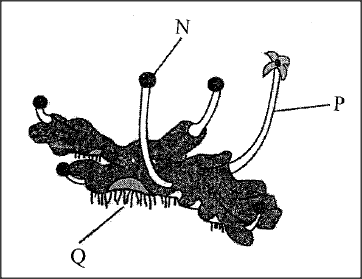
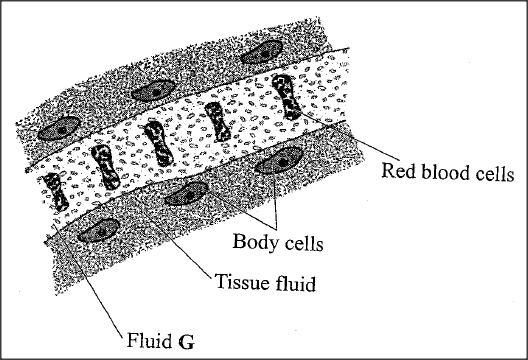

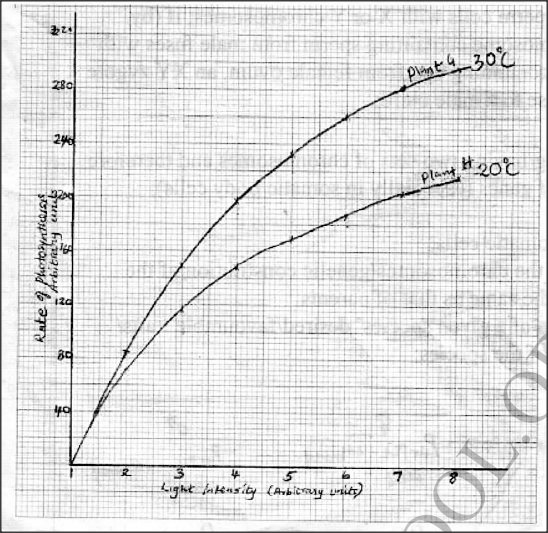
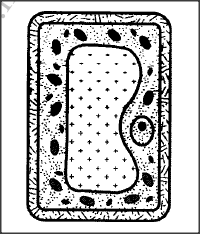
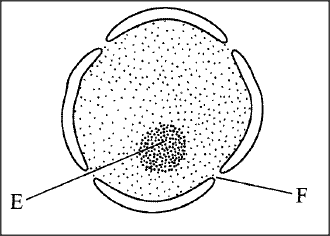

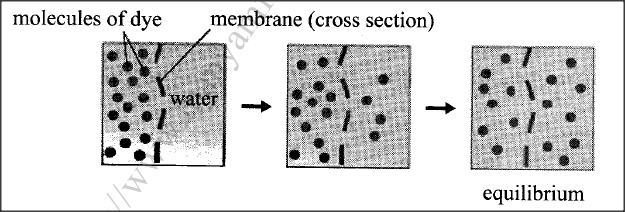

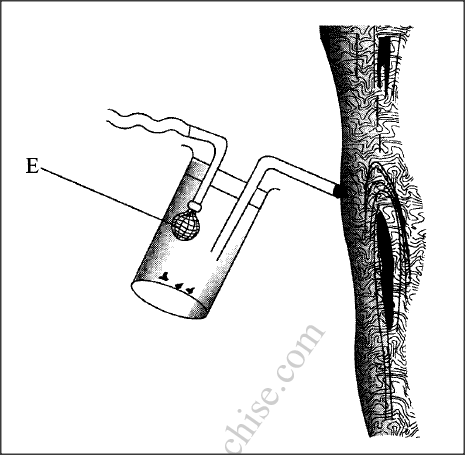
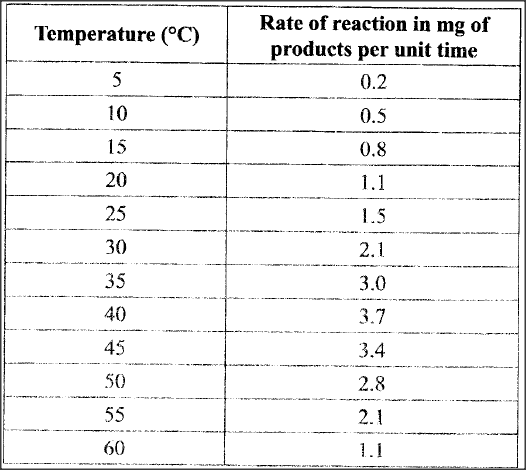
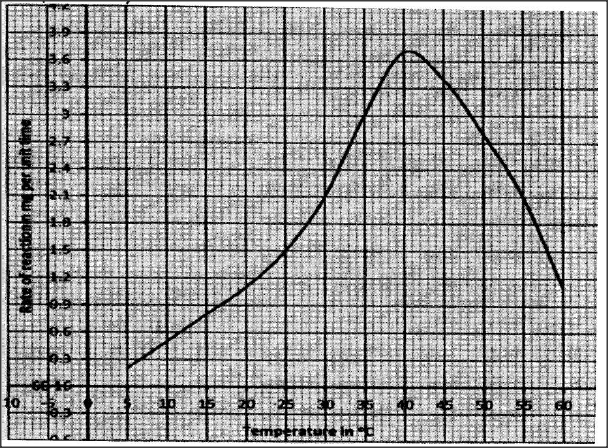
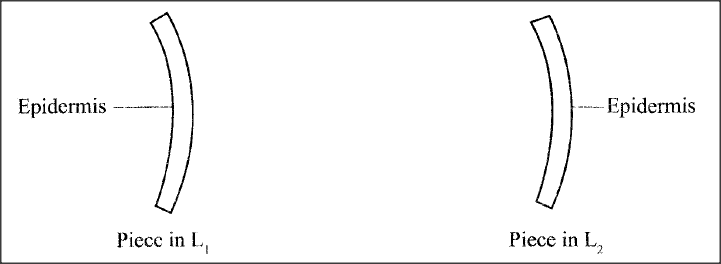








 RSS Feed
RSS Feed

